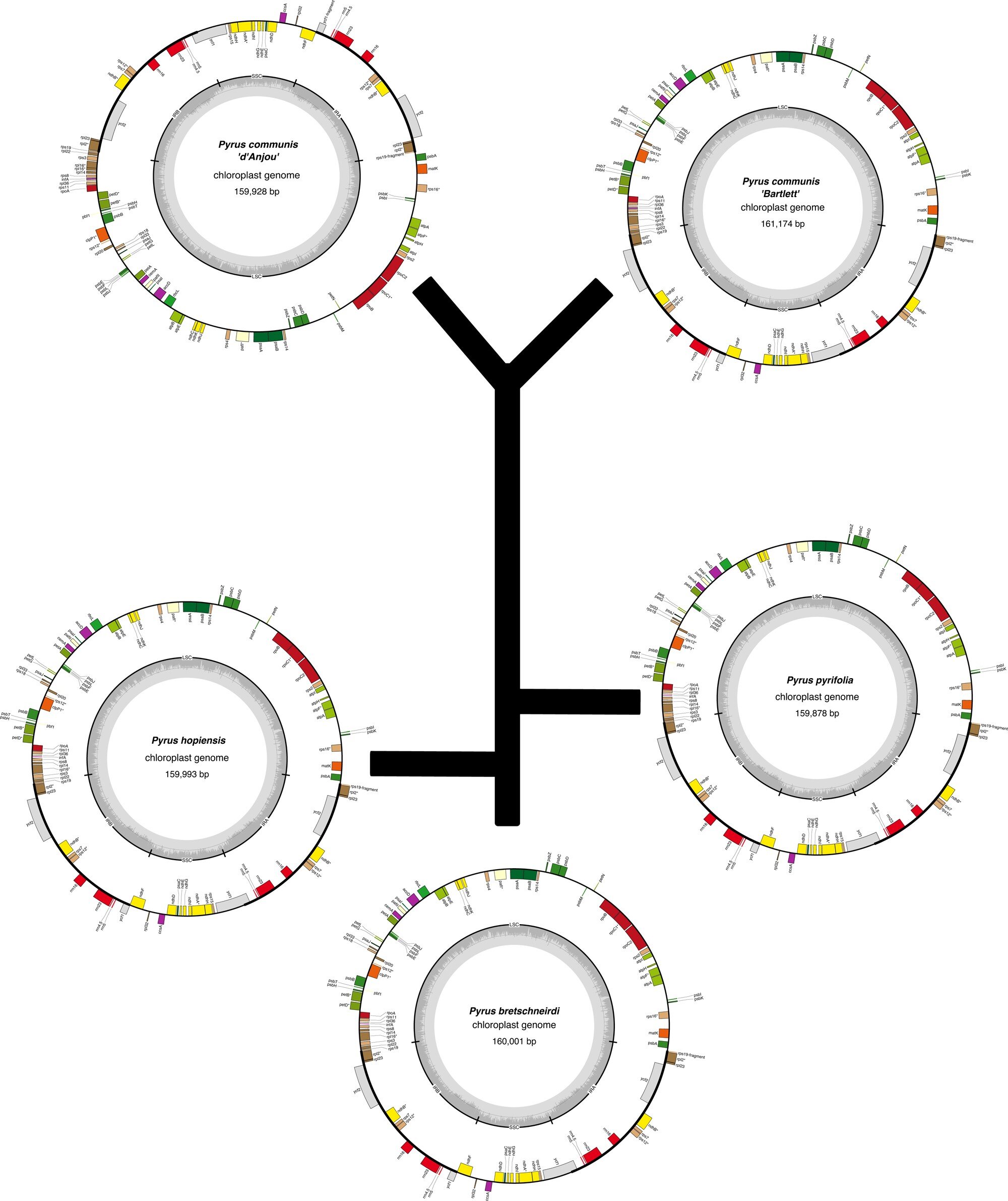#Scientists Now Know For Sure What Causes the Northern Lights – Review Geek

“#Scientists Now Know For Sure What Causes the Northern Lights – Review Geek”

Humans have spent millennia in awe of the beautiful aurora borealis in the night sky. And while we remained uncertain of what causes them for some time now, physicists have finally figured out exactly how the phenomenon works.
According to a new article published in scientific journal Nature Communications, it all starts with the sun. Specifically, when strong disturbances on the sun then yank at Earth’s magnetic field. Violent disturbances, like massive geomagnetic storms, aren’t uncommon and the repercussions of these events can extend out beyond the sun throughout the rest of our solar system. And for us here on Earth, we usually see this manifested as auroras.
Those strong disturbances pull on our planet’s magnetic field, similar to a rubber band. As the field snaps back, there’s a recoil that causes undulating ripples—called Alfvén waves—that occur roughly 80,000 miles above the ground. The waves accelerate the closer they get to Earth, thanks to the planet’s magnetic pull. On occasion, electrons will get a lift on these Alfvén waves, reaching speeds as fast as 45 million miles per hour as they move through space.
George Howes, University of Iowa associate professor of physics and astronomy, said “It was sort of theorized that that’s where the energy exchange is occurring. But no one had ever come up with a definitive demonstration that the Alfvén waves actually accelerate these electrons under the appropriate conditions that you have in space above the aurora.”

“Think about surfing,” said Jim Schroeder, assistant physics professor at Wheaton College and the article’s lead author stated, “In order to surf, you need to paddle up to the right speed for an ocean wave to pick you up and accelerate you, and we found that electrons were surfing. If they were moving with the right speed relative to the wave, they would get picked up and accelerated.”
As these electrons eventually reach Earth’s thin upper atmosphere, then, they collide with the oxygen and nitrogen molecules. This sends them into an excited state, but as they calm down, they release light—aka an aurora.

“Nobody had actually ever measured this before between electrons and Alfvén waves,” said Schroeder. Scientists were thrilled to finally be able to carry out an experiment that could properly test their hunch about the Alfvén waves speeding up the electrons.
Normally, such an experiment would need to be carried out in an environment that’s as close as possible to the real thing; for obvious reasons, however, it is impossible for scientists to test things again in space, to control solar events, or to account for other factors in our solar system. Instead, researchers used the Large Plasma Device at the Basic Plasma Science Facility, which is located at the University of California, Los Angeles to recreate the interaction.
The researchers believe the findings will likely create a broader understanding of how particles are energized and of how such solar events impact Earth and the area around it (including our many satellites).
via NPR
If you liked the article, do not forget to share it with your friends. Follow us on Google News too, click on the star and choose us from your favorites.
For forums sites go to Forum.BuradaBiliyorum.Com
If you want to read more like this article, you can visit our Technology category.



